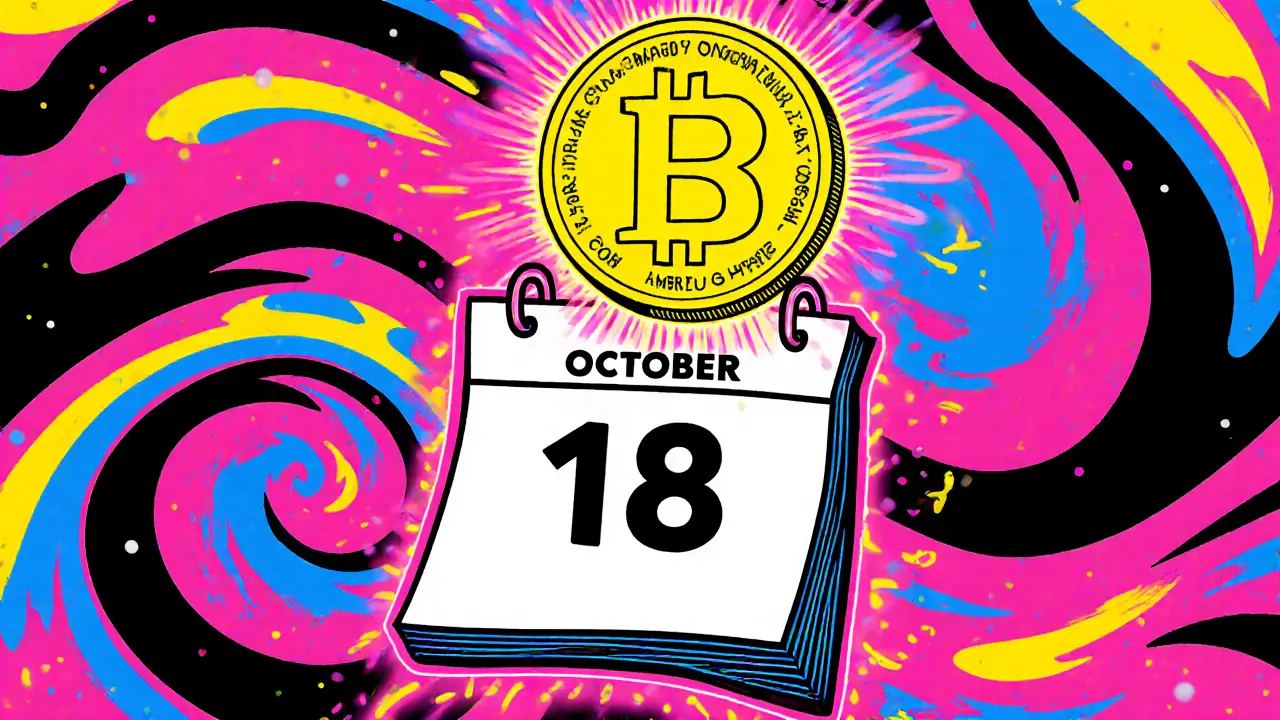Crypto Scarcity: Why Limited Supply Drives Value in Crypto
When talking about crypto scarcity, the condition where a digital token has a capped total supply, creating competition among buyers and influencing price behavior. Also known as token scarcity, it acts like a digital version of gold – the fewer units there are, the more pressure there is on demand. This scarcity isn’t just a number; it shapes the whole ecosystem, from how projects design their tokenomics to how investors plan their portfolios.
One of the key pillars linked to scarcity is tokenomics, the study of a token’s supply, distribution, and incentive mechanisms. Good tokenomics acknowledges that a limited supply can boost scarcity premium, but it also balances that with utility and reward structures. For instance, many DeFi projects allocate a portion of their supply to staking rewards, which temporarily locks tokens and tightens circulating supply even further. That lock‑up mechanism directly amplifies the scarcity effect without changing the hard cap.
Related to both scarcity and tokenomics are airdrop, a distribution method where free tokens are given to a set of users, often to bootstrap network effects. Airdrops can lower perceived scarcity by increasing the number of holders, yet they also create fresh demand as recipients start trading or using the token. The interplay is delicate: projects must size the airdrop so it sparks activity but doesn’t flood the market and crush prices.
How Vesting, Staking, and Liquidity Reinforce Scarcity
Another entity that tightens scarcity is token vesting, the schedule that releases tokens to founders, investors or employees over time. Cliff and linear vesting patterns delay token circulation, keeping the effective supply low during early growth phases. When a project announces a cliff‑period, the market often reacts positively because the upcoming release is known and can be priced in.
Staking adds a layer of active scarcity. By locking tokens in a validator or liquidity pool, users temporarily remove those coins from the tradable pool, which raises the scarcity‑to‑liquidity ratio. The higher the staking participation, the tighter the supply‑demand balance, often leading to higher yields for those still holding. This dynamic creates a feedback loop: higher yields attract more stakers, which further tightens supply and can push prices up.
Liquidity itself is a double‑edged sword for scarcity. Deep liquidity pools make it easy to buy or sell large amounts without slippage, but they also signal that many tokens are already in circulation. Projects that limit liquidity—by, for example, restricting certain token pairs or using a tiered listing approach—maintain a sense of rarity and can command a premium on the available tokens.
All these pieces—tokenomics, airdrops, vesting schedules, staking incentives, and liquidity decisions—are tied together by the core principle of scarcity. Crypto scarcity encompasses token supply limits, requires thoughtful tokenomics, and influences how airdrops are structured. Understanding these connections helps traders and developers predict price moves and design healthier ecosystems.
Below you’ll find a curated set of articles that dig deeper into each of these topics. Whether you’re hunting for the next airdrop, comparing exchange fees, or figuring out how to time your staking for maximum impact, the posts give you practical steps and real‑world examples that bring the theory of scarcity to life.
Unobtanium (UNO) Explained: What Is This Rare Crypto Coin?
A detailed look at Unobtanium (UNO), the ultra‑scarce crypto coin. Learn its history, tech specs, mining process, market data, risks and future outlook.
